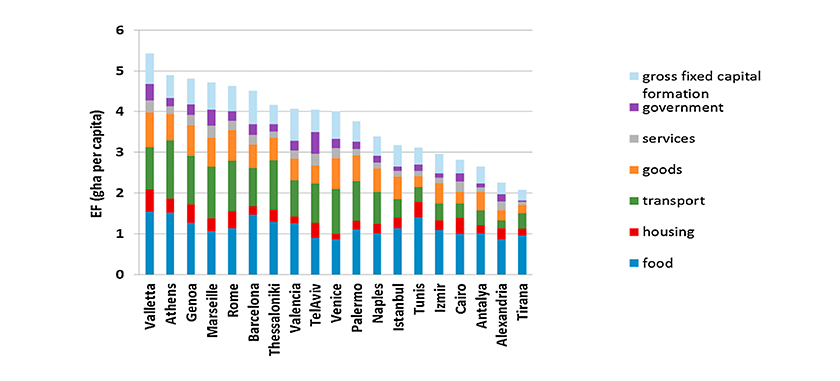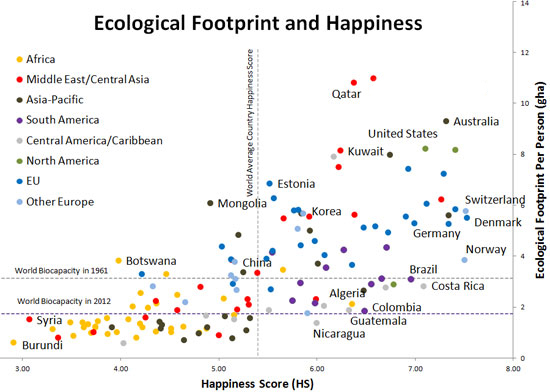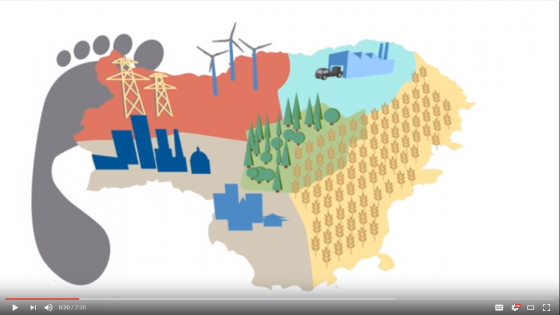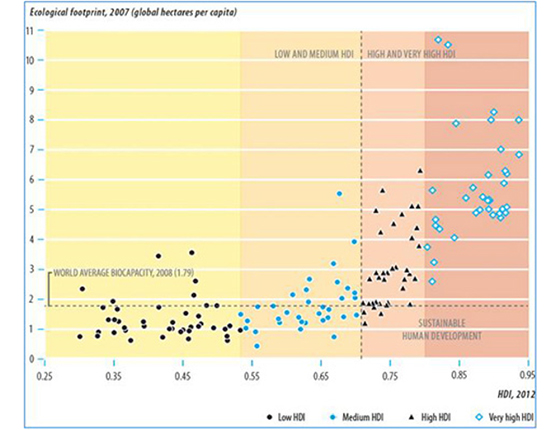City-level Footprint assessments can be used to positively reinforce collective public achievements thus far. They can also help design sustainability policies to reach more ambitious goals going forward. Using a top-down approach that allow for shareable standards and useful comparability between cities, Global Footprint Network Scientist Dr. Alessandro Galli led the assessment of the Ecological Footprint of 19 cities around the Mediterranean Sea. This assessment was recently published in Environmental Science and Policy.
The objective was to demonstrate that a top-down Footprint city analysis can effectively analyze, in a consistent and comparable manner, the resource demand of cities in a region, and shed light on these cities’ contribution to the regional ecological deficit.
With the world population expected to reach 9 billion by 2050, with an estimated 70% living in urban areas (up from 46% in 2015), urbanization is among the major global challenges of the next decades. In this context, planning and resource management in cities represents a significant opportunity to favor a sustainability transition around the world. Creating effective policies, however, requires meaningful urban metrics based on a quantitative understanding of cities’ resource use.
Published findings in Environmental Science and Policy paint a detailed landscape of natural resource challenges and opportunities for urban centers in the Mediterranean region. With food and transportation identified as the largest factors of the Ecological Footprint, local governments now can use this data to craft their sustainable development strategies.
The top-down approach allowed for consistently tracking the Ecological Footprint of these coastal cities. Valletta, Athens, and Genoa are the cities with the highest per capita Ecological Footprint, ranging between 5.3 and 4.8 global hectares (gha) per person respectively; Tirana, Alexandria, and Antalya have the lowest Ecological Footprint, ranging between 2.1 and 2.7 gha per capita.
Most cities’ Footprints per person exceed that of their countries, with the exception of Thessaloniki, Tel Aviv, Venice, Palermo, and Naples.
Differences among cities’ Ecological Footprint values are largely driven by socio-economic factors, such as disposable income, infrastructure, and cultural habits, the article’s co-authors state.
The article also includes the Footprint results of nearly 40 cities around the world calculated since 1996, including Barcelona, London, Manila, Oslo, San Francisco, and Shanghai. However, these calculations have used different approaches, surveys, and methods, rendering comparability among studies challenging.
Interestingly, findings reveal the existence of a “double dynamic” taking place in cities. On one hand, cities concentrate investment in, and offer more access to, energy-saving modes of consumption (largely, because of institutional density and economies of scale), thus contributing to smaller per capita Footprints, all other things being equal. On the other hand, cities have also been functioning in recent history as a “social elevator,” enabling residents to earn higher pay, thereby typically also increasing their consumption level.
Better understanding the trade-off between these two dynamics is a major piece of the puzzle towards creating and maintaining human development that can thrive within the planet’s environmental constraints. Identifying high leverage solutions that can reduce the global urban Footprint while meeting human needs for development must become a priority.
The authors maintain that their analysis could serve as the basis for the development of a worldwide consistent system of city Footprint assessments. This system could constitute a tool for initial benchmarking of cities’ resource demand and identification of the key components behind such demand. Understanding hotspots and leverage points for planners and administrators will help mitigate demand on nature.






